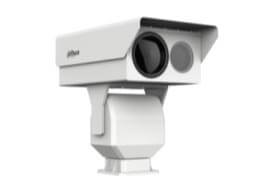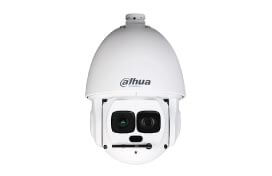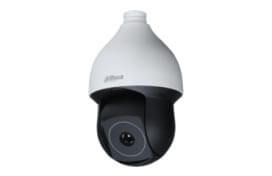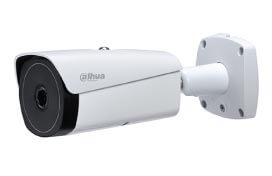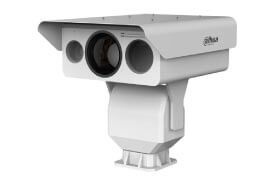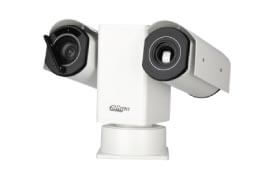Thermographic camera is also called infrared camera or thermal imaging camera and use of these cameras is called thermography. It creates images by sensing the infrared radiations upto the wavelength of 1400 nm same as the other camera which produces image using visible lights of wavelength ranging from 400 to 700 nms.
Thermographic Thermal Camera
In 1929, Kalman Tihanyi invented the infrared sensitivity or night vision electron television camera for anti-aircraft defense in Britain base. The first thermographic camera was built by US military and Texas instruments in 1947 which used to take one hour to make a single image. To improve the speed and accuracy a company named AGA used cooled photoconductor for scanning images.
After strategic defense initiative, US encouraged the development of the thermographic camera to intelligently detect and evaluate a signal and smart sensors came into being. These sensors can sense, extract, process and comprehend signals.
Working
It works on the principle that every object emits radiations depending upon their body temperature means higher the temperature more will be the emission of radiations. So this special camera detects these radiations and produce image even in total darkness.
The differentiating feature in these cameras is focusing lenses is not made up of glass as glass blocks the entry of infrared light. Therefore special material like Germanium or Sapphire crystal is used. Germanium, again a fragile metal which needs hard coating for protection. The use of these costly lenses raise the prices of infrared cameras.
There are two types of infrared cameras, cooled infrared detectors and other is uncooled infrared detectors. Cooled one is kept inside the vacuum case and operates in the temperature range of 6 K to 100K. It needs cooling for the working of semiconductor placed inside it. At the same time uncooled ones have sensors which stabilizes at ambient temperature using small temperature controlling elements.
Applications:
Useful in rescue operations like in smoke filled buildings and underground.
Helpful in camera surveillance during total darkness.
It is helpful in fault diagnosis and troubleshooting like moisture leakage in walls, roof inspection, wall structure analysis, etc.
Pollutant effluent detection.
Medical studies and diagnosis as in thermography.
It is used in paranormal investigations.
It is useful in cricket to detect the faint contact of bat and ball which is otherwise difficult to figure out.

